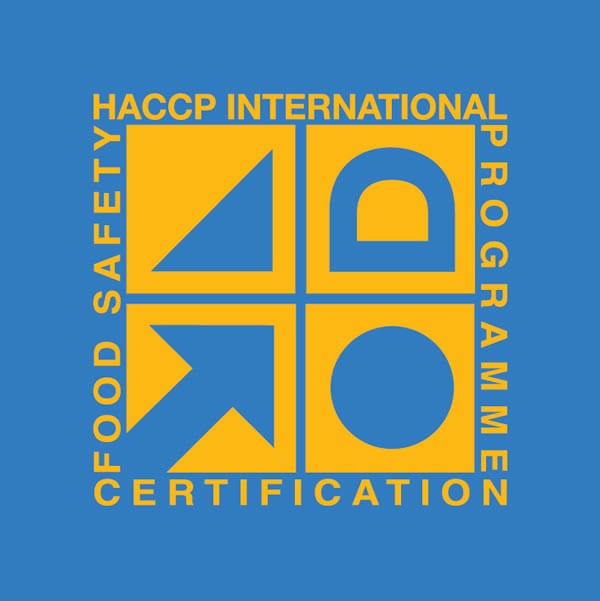
Hygiene is the main ingredient in the food safety recipe of every professional kitchen. Simple carelessness in cleaning the kitchen environment or in preparing food can cause cross-contamination and the spread of bacteria, leading to food poisoning. The HACCP protocol specifies the procedures that all food handlers must observe but there are also some good practices to follow, regardless of the regulations.
Here are 10 rules for hygiene in professional kitchens.
1. Personal hygiene
Microorganisms can be transferred from hands to food. Hands must be thoroughly washed with soap and hot water after touching food and before performing the next job function. Always dry hands on a clean towel. Hair can also carry germs so keep it tied back and wear a hairnet.
2. Clothing
Clothes can carry germs from outside into the kitchen so it is important to change into work clothes. These should be light-coloured so that stains are immediately visible.
3. Correct food storage
It is essential to avoid contact between food and air so make sure it is always stored in lidded containers or covered with plastic wrap, particularly when it is still hot. The professional refrigerators in the ecostoreHP line by Electrolux Professional are specifically designed to keep the internal temperature constant even with frequent opening and closing.
4. Defrosting
Food must be defrosted in the fridge to prevent the growth of bacteria caused by sudden temperature changes. Every kitchen should be equipped with refrigerated cabinets that create the perfect microclimate and maintain the temperature and moisture content of the food.
5. Avoid cross-contamination
Use different utensils and chopping boards for raw and cooked foods and for different types of food to avoid cross-contamination from harmful microorganisms.
6. Keep food at the right temperature
There is a very close relationship between temperature and microbial load: food must be served at a temperature of at least 70° C. The danger zone – when bacteria will multiply most rapidly – lies between 15° and 55° C.
7. Chill food rapidly
For the same reason, it is important to chill food rapidly: it should drop from 65° to 10° C in no more than two hours. Every professional kitchen should be equipped with adequate freezers and blast chillers, like the air-o-chill blast chillers range by Electrolux Professional. With the combination of oven and blast chiller within the Cook&Chill system, a completely integrated, lean, and safe process is ensured. air-o-system, the innovative Electrolux Cook&Chill, is specifically designed to ensure food safety: the food is transferred directly from oven to blast chiller, increasing its shelf life and avoiding waste.
8. Serve food correctly
Do not touch the food that is ready for serving or the parts of the serving dishes that the food is placed on.
9. Thoroughly clean oven and sink
Clean kitchens after every use. Wash and sanitise ovens and sinks once a day.
10. Wash dishes properly
Dishwashers are essential for any professional kitchen: bacteria from food scraps can be prevented from spreading by properly washing dishes, cookware and utensils. Use the right dishwashing detergents and temperatures or, even better, use dishwashers with a sanitising function, like the green&clean Rack Type by Electrolux Professionals.
To sum up, a correct handling of the freezing process ensures the preparation of anisakis-free fish. Let your clients try your delicious recipes in safety.